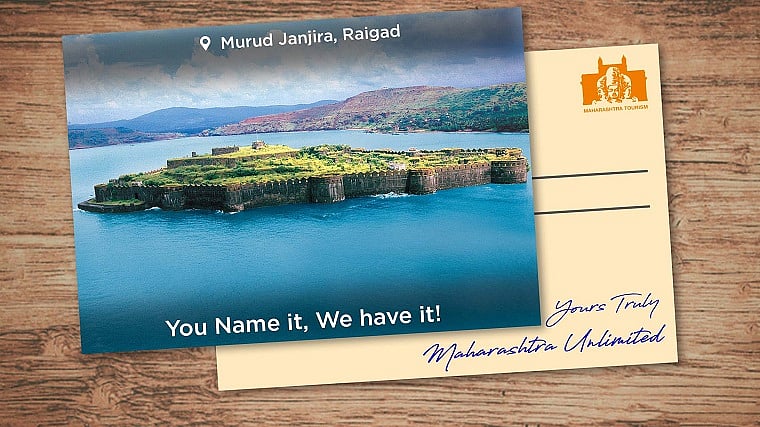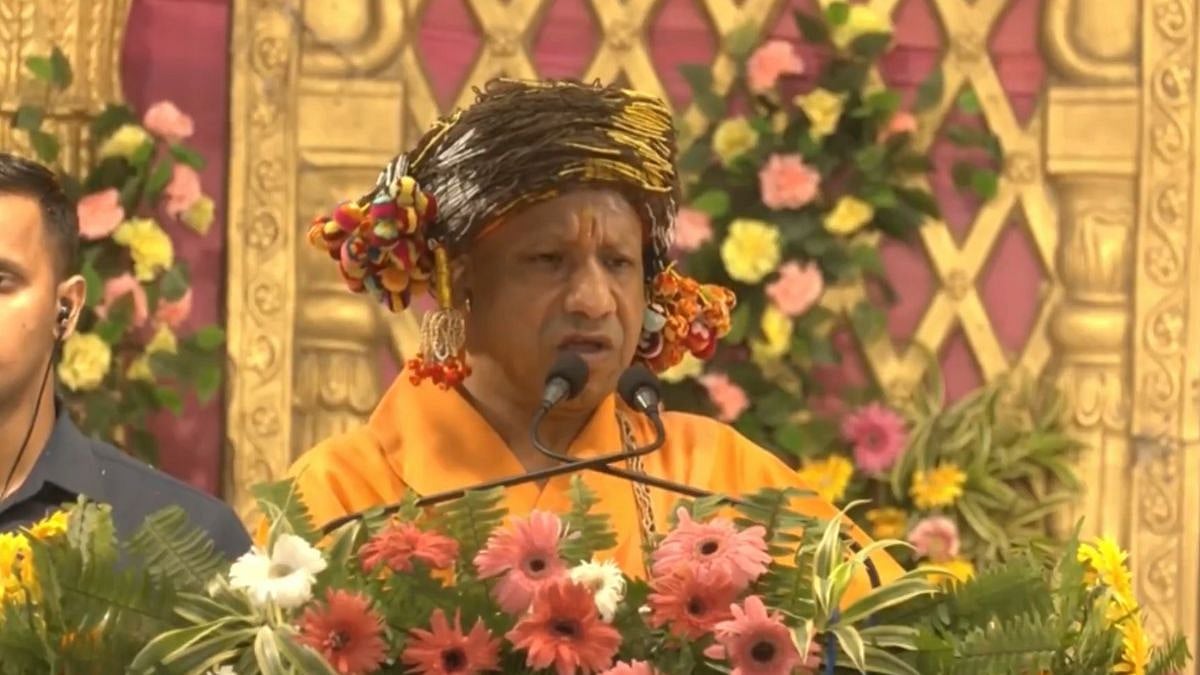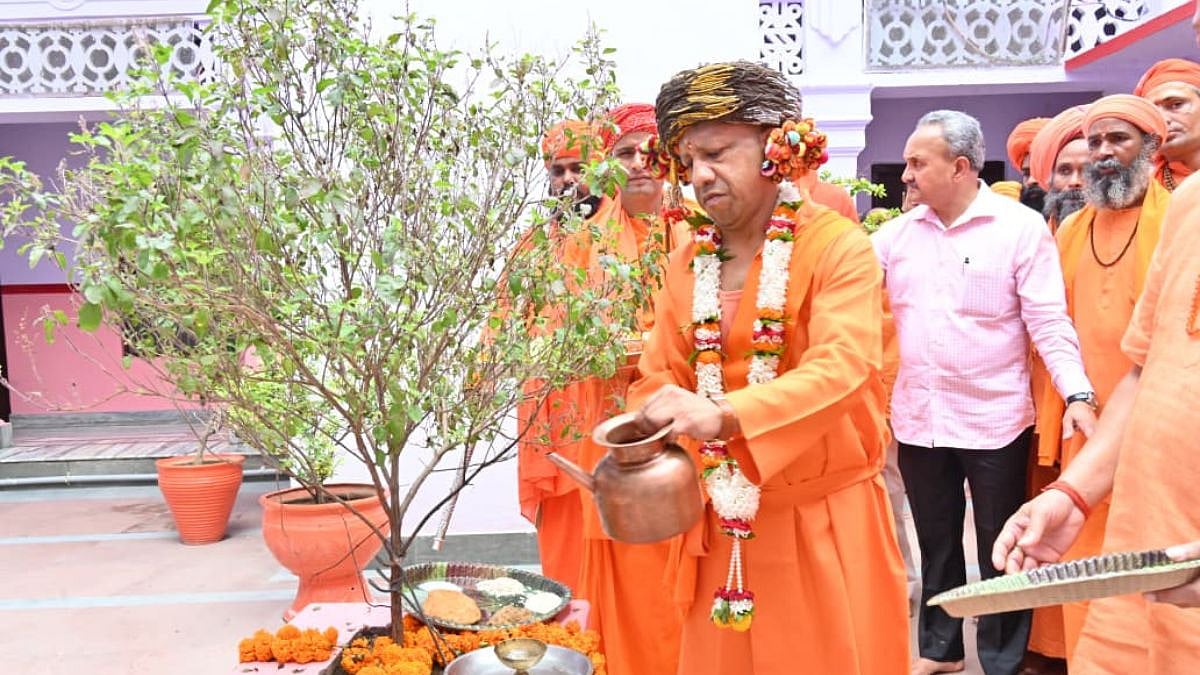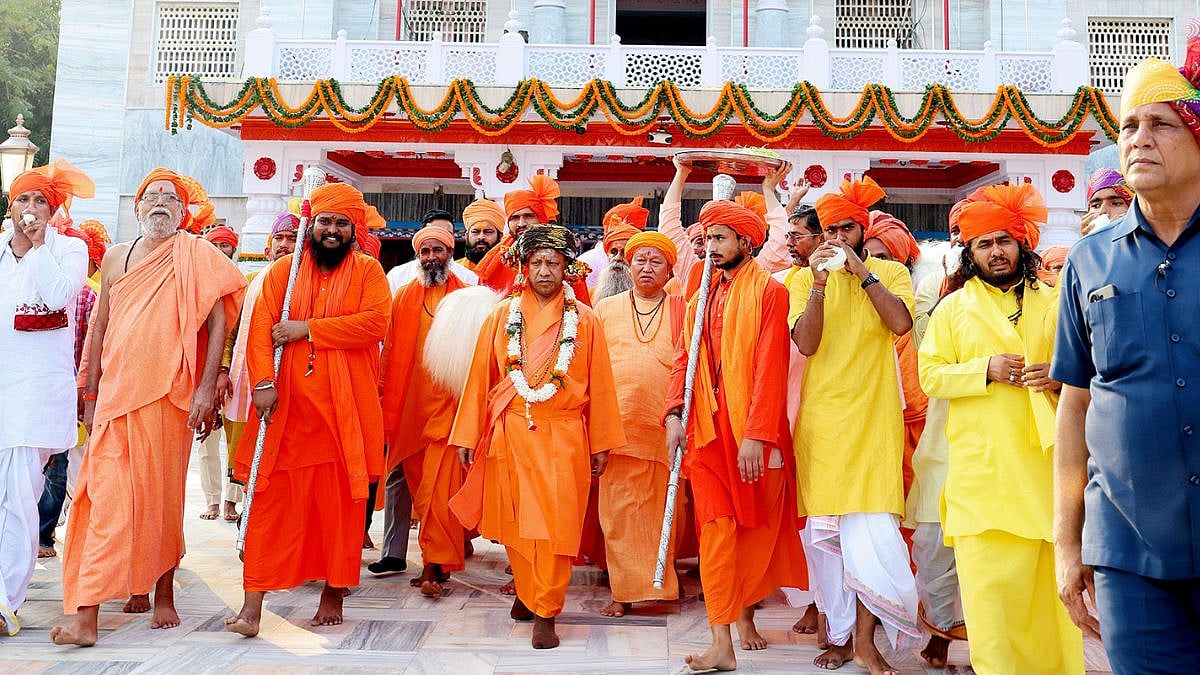l Maharashtra, the second most populous state with 124.7 million people and the third largest state in India is spread across 307,713 sq. km.
The year 1960 is very important for the history of Maharashtra because it was in this year that the Bombay Re-organization Act was passed and Maharashtra legally became a separate state.
Geographically, Maharashtra is characterized by a 720 kms. Coastal strip i.e. the Konkan region that extends to the Western ghats, the Satpura hills along with the Northern border and the Bhamragad-Chiroli-Gaikhuri ranges in the East, which serve as the natural limits, while the Deccan plateau lies in between.
Maharashtra alone contributes more than 15% to GDP of India, more than 20% to India’s export and has attracted almost 30% of FDI investments in India, over the last two decades.
Maharashtra has the largest network of highways in India with 18 national highways of 17,757 kms of length.
Maharashtra has the maximum number of (6) UNESCO World heritage sites when compared to other Indian Sates.
India has around 1200 caves out of which Maharashtra is home to nearly 800 caves at 65 different locations — some of these caves were carved about 1500 to 2200 years ago.
The state also has the highest number of forts — 450.
Maharashtra is home to 49 marvelous Wildlife sanctuaries, six National Parks and seven Conservation Reserves.
The state has highest number operational airports — 11.









